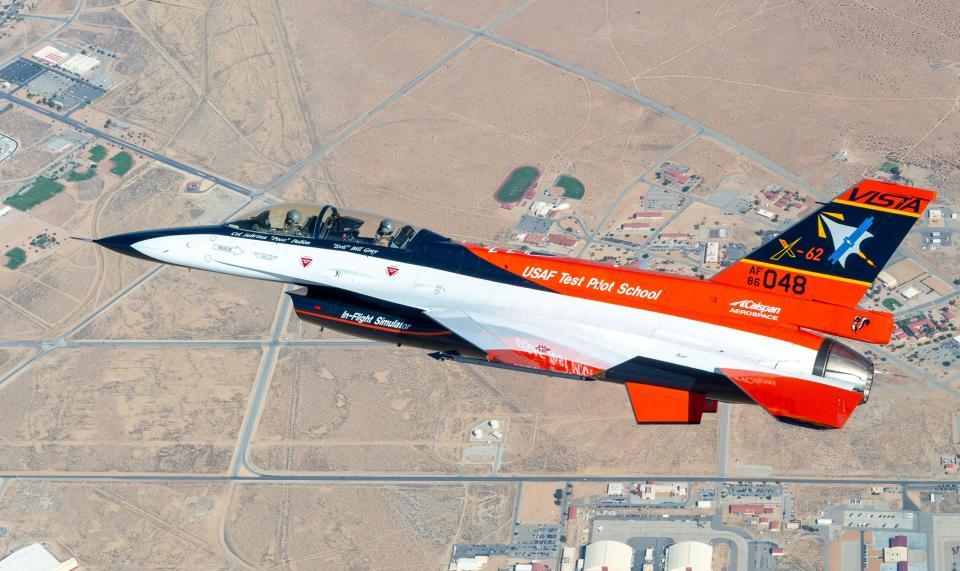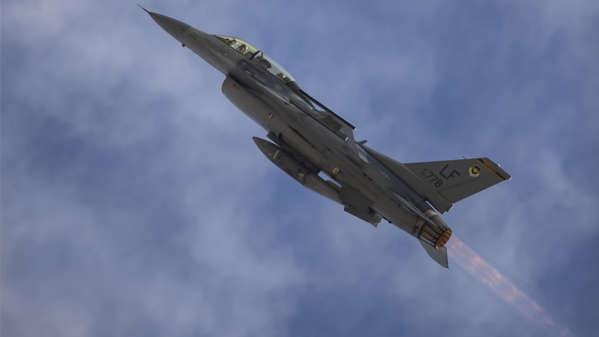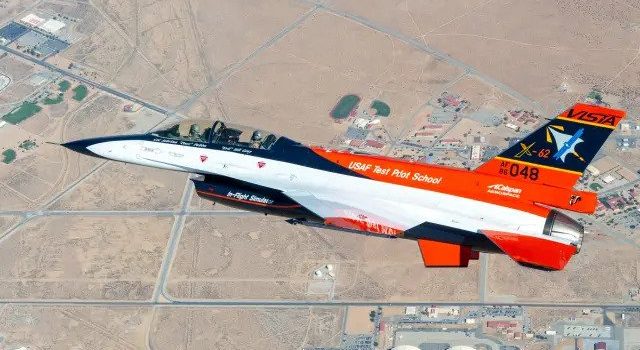Lockheed Martin, the American aerospace and defense company, recently made headlines with the successful flight of their new AI-powered jet, the VISTA X-62A. The aircraft was able to fly for a remarkable 17 hours under the control of AI, marking a major achievement in the realm of autonomous aviation.
The Vista X-62A is equipped with advanced machine learning algorithms and artificial intelligence (AI) systems that allow it to operate independently, making it a potential game-changer in military and civilian aviation. The aircraft is designed to perform a variety of tasks, including intelligence gathering, surveillance, and reconnaissance missions, as well as cargo transport.
“VISTA will allow us to parallelize the development and testing of cutting-edge artificial intelligence techniques with new uncrewed vehicle designs,” M. Christopher Cotting, the director of research for the U.S. Air Force Test Pilot School, said in the release. “This approach, combined with focused testing on new vehicle systems as they are produced, will rapidly mature autonomy for uncrewed platforms and allow us to deliver tactically relevant capability to our warfighter.”

One of the most impressive features of the Vista X-62A is its ability to fly for extended periods without human intervention. The aircraft uses sophisticated sensors and data analysis tools to monitor its environment, detect obstacles, and adjust its flight path accordingly. This capability allows the Vista X-62A to fly in challenging environments and perform missions that would be difficult or dangerous for human pilots.
The United States isn’t the only country interested in AI for jets. The United Kingdom, Italy, and Japan have declared their intentions to construct a new fighter that will employ algorithms rather than pilots. These countries’ next-generation fighters could enter service in the mid-2030s and eventually replace the Typhoon jet.
The successful 17-hour flight of the VISTA X-62A is a significant milestone for Lockheed Martin and the aviation industry as a whole. It demonstrates the potential for AI-powered aircraft to perform long-duration missions, gathers critical data, and make decisions in real time, all while reducing the risk to human operators.

The Vista X-62A is also a testament to the power of collaboration between industry and academia. Lockheed Martin worked closely with researchers from the Massachusetts Institute of Technology (MIT) to develop the AI and machine learning algorithms that power the aircraft.
In conclusion, the successful flight of the VISTA X-62A is a significant achievement that highlights the potential for AI-powered aircraft to transform the aviation industry. It is exciting to imagine the possibilities that this technology could unlock, from improving safety to enabling new types of missions and applications. As AI and machine learning continue to advance, we can expect to see more innovative and groundbreaking developments in autonomous aviation.


